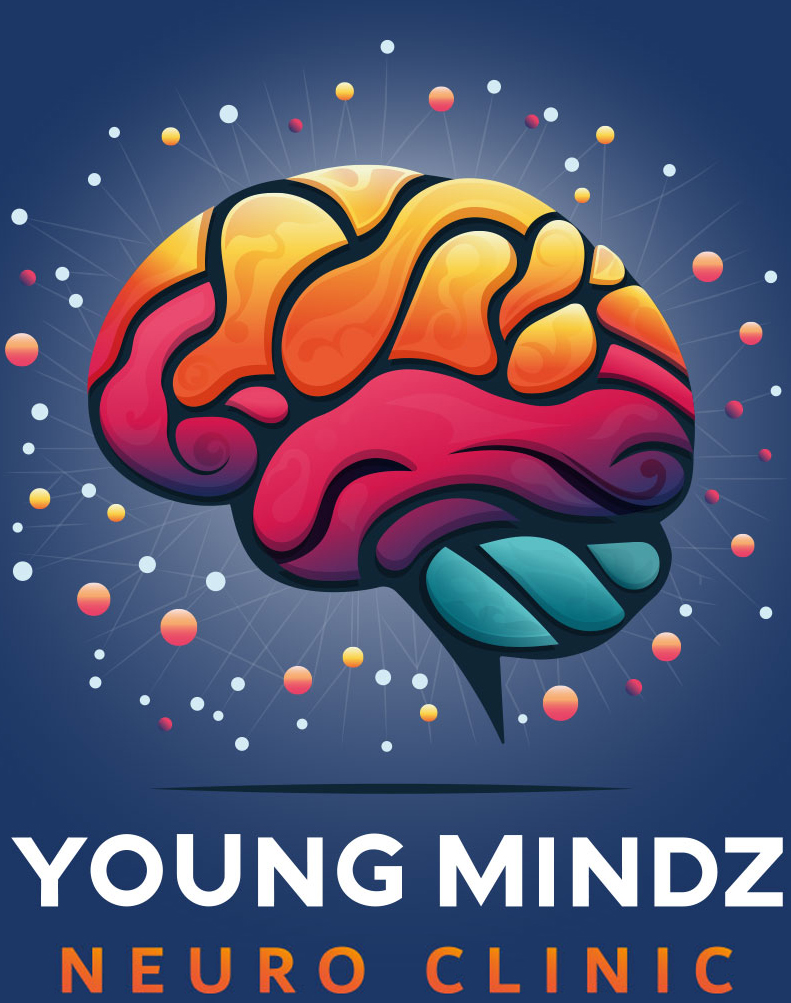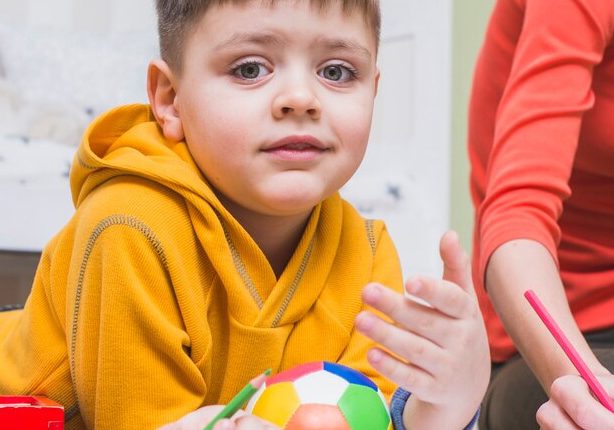COVID-19 Resources for Neurology Coaches... Learn More
Cerebral Palsy
What is cerebral palsy?
Cerebral palsy is a disorder that causes problems with movement and balance. It is a condition that babies are born with or that develops very early in life. Some children with cerebral palsy might not have noticeable symptoms until they are toddlers or young children. Babies with cerebral palsy are often slow to roll over, sit, crawl, or walk.
What are the symptoms of cerebral palsy?
The symptoms of cerebral palsy can be mild or more serious. Many symptoms are caused by weakness or stiffness of parts of the body. These symptoms change as a baby gets older (table 1). People with cerebral palsy continue to have symptoms for life. But the disorder does not get worse with age.
Many children with cerebral palsy also have other problems, including:
- Trouble drinking or eating – This can lead to other problems, including:
- Not gaining enough weight
- Choking
- Acid reflux – This is when acid that is normally in the stomach backs up into the esophagus. It can cause a burning feeling in the throat or chest, belly pain, and nausea or vomiting.
- Lung infections
- Trouble thinking and learning
- Problems with hearing and speaking
- Trouble seeing – Many children with cerebral palsy have 1 eye that turns in or out.
- Seizures – Seizures are waves of abnormal electrical activity in the brain. The child might have jerking movements, get stiff, stop responding and stare for a few seconds, or pass out.
- Curved spine (called “scoliosis”)
- Problems with bladder control
- Constipation (having too few bowel movements)
- Dislocation of the hip joints
- Pain – Children with cerebral palsy often have pain. This can be related to issues like muscle stiffness, problems with the hip joints, or constipation.
Are there tests for cerebral palsy?
Yes. Your child’s doctor might be able to tell if your child has cerebral palsy by doing an exam and learning about your child’s symptoms. But doctors can’t always tell, because children develop at different rates during the first 2 years of life. They might refer you to a specialist to help find out if your child has cerebral palsy.
Possible tests include:
- MRI – This is an imaging test that takes pictures of the inside of the brain.
- Electroencephalogram (“EEG”) – An EEG is a test that measures electrical activity in the brain and records brain wave patterns. A doctor might do this test if your child has seizures.
- Blood tests
How is cerebral palsy treated?
Your child’s doctor will refer you to an “early intervention” program. These programs have different types of experts. They will teach you how to help your child do everyday things that they might have trouble doing. These include eating, speaking, walking, and learning.
Treatments include:
- Medicines – Your child’s doctor might prescribe medicines that help treat symptoms such as stiff muscles, unusual body movements, or seizures.
- Physical and occupational therapy – This involves learning exercises, movements, and ways of doing everyday tasks to help make it easier to move.
- Equipment – These include devices such as leg braces, walkers, or a wheelchair to help your child get around.
- Nutrition – Some children need special diets to help them gain enough weight to be healthy. Some children need to get some or all of their food through a tube that goes directly into the stomach. This is called a “gastrostomy tube,” or “G-tube.”
- Surgery – For children with very severe symptoms, doctors sometimes do surgery to put the child’s legs or arms into the correct position.
What will my child’s life be like?
Children with mild forms of cerebral palsy often live as long as people who don’t have the disorder. Children with more serious forms of the disease might not live as long. Special equipment and teaching can help your child move and learn as much as they can.
Source UpToDate


